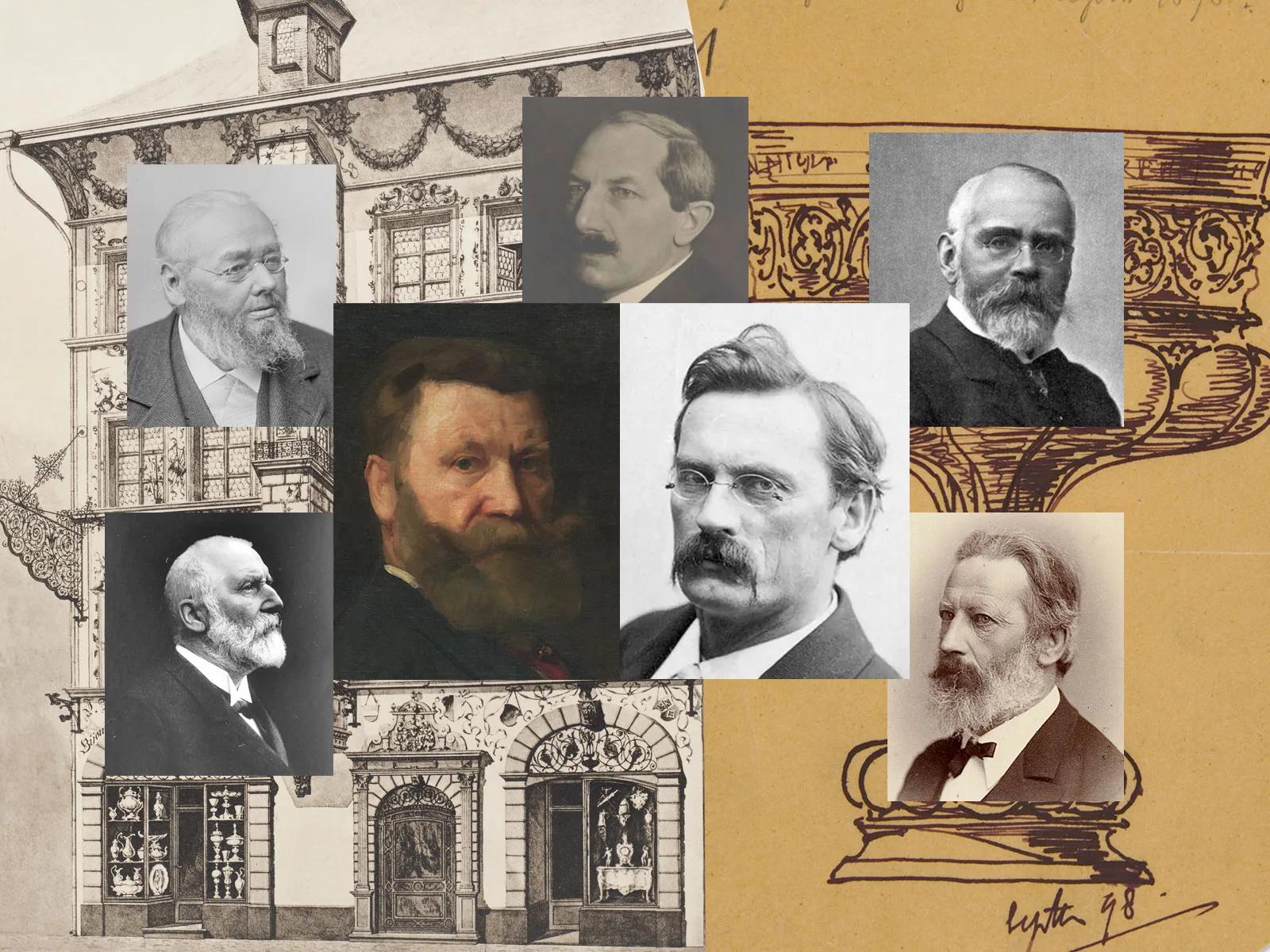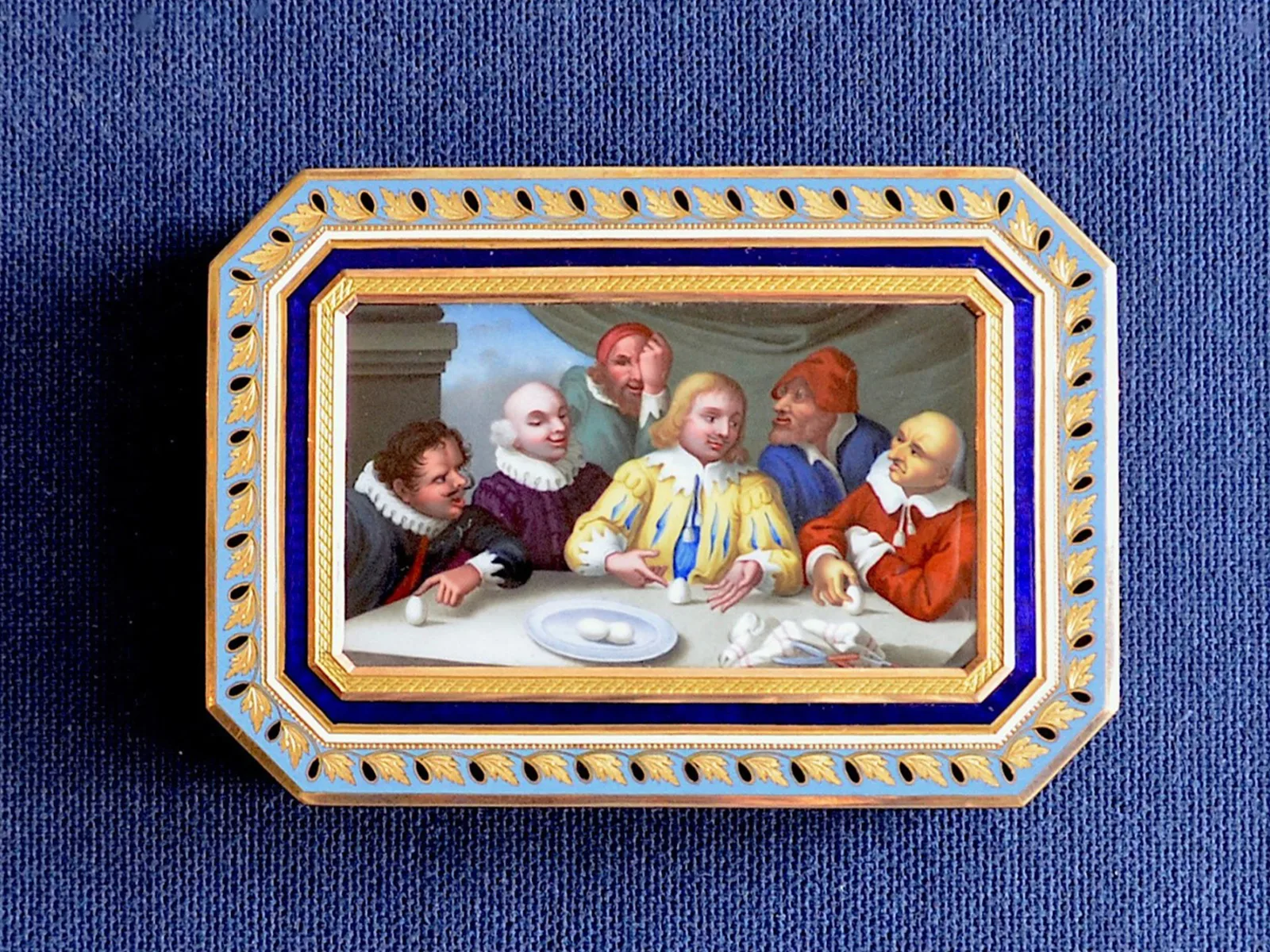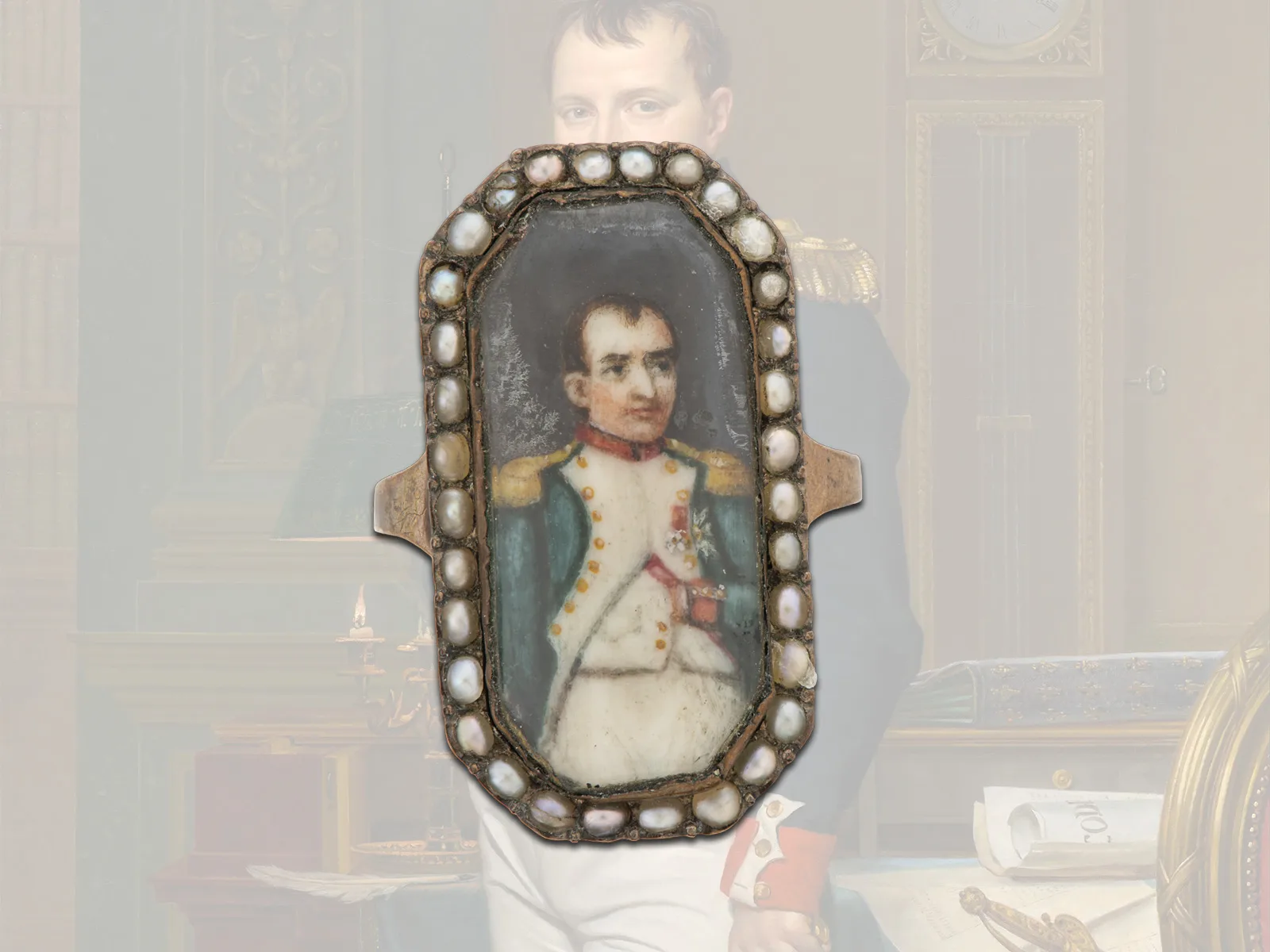
Finger rings from the time of the Napoleonic Wars
Jewellery can reach beyond its purely decorative function to consciously document historical events. Alice and Louis Koch's extensive collection of rings includes several specimens that reflect the events of Napoleon's tumultuous time.
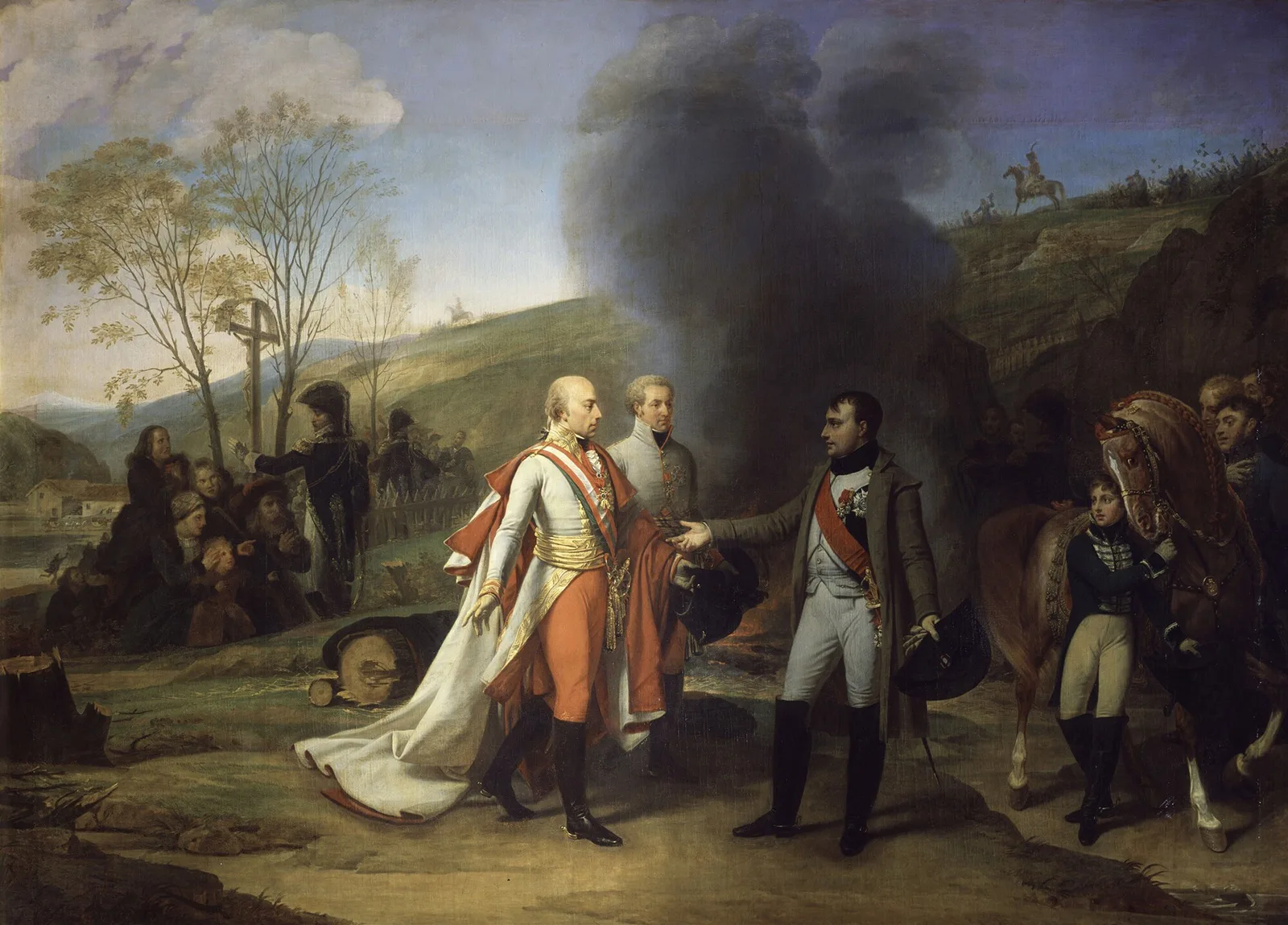
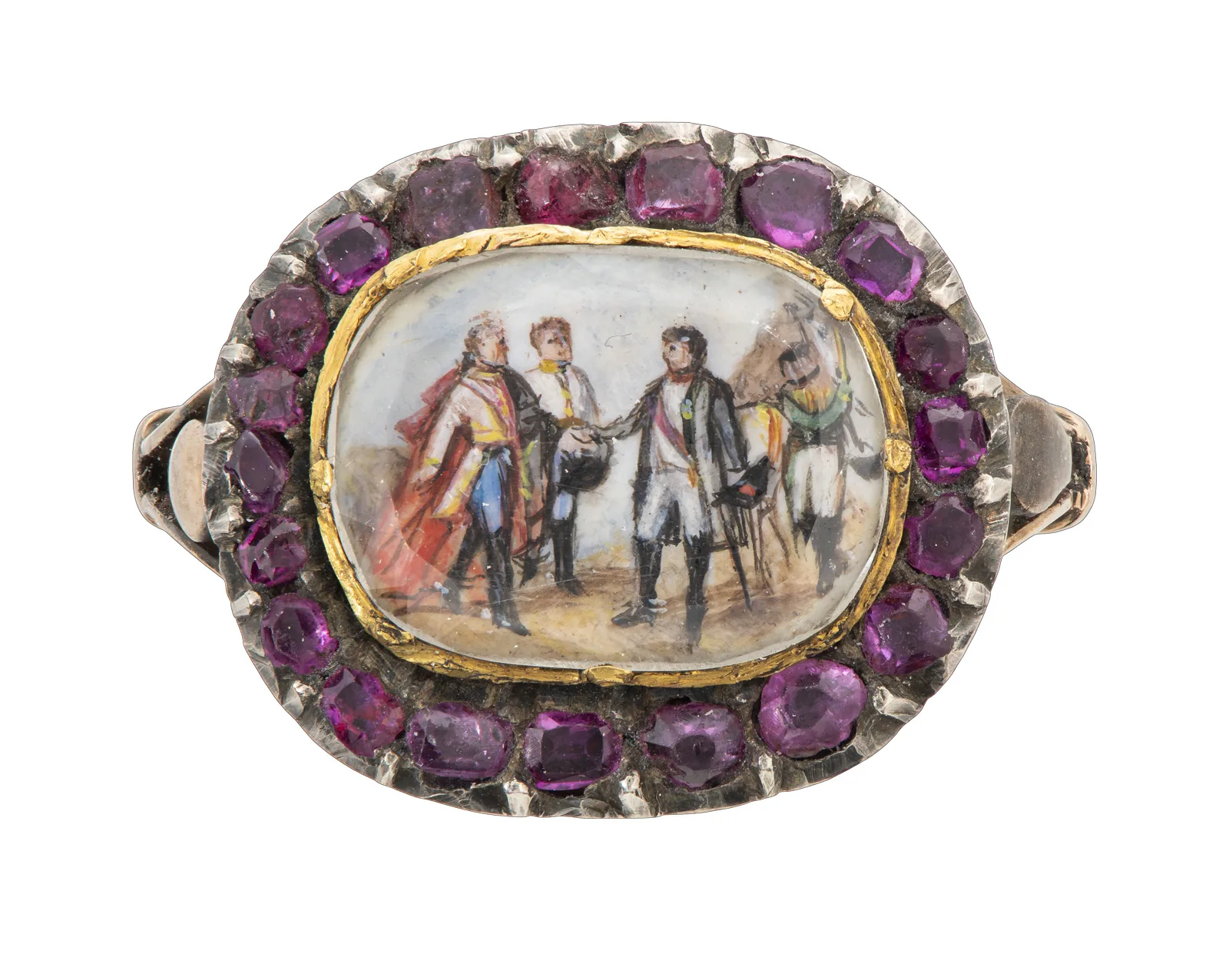

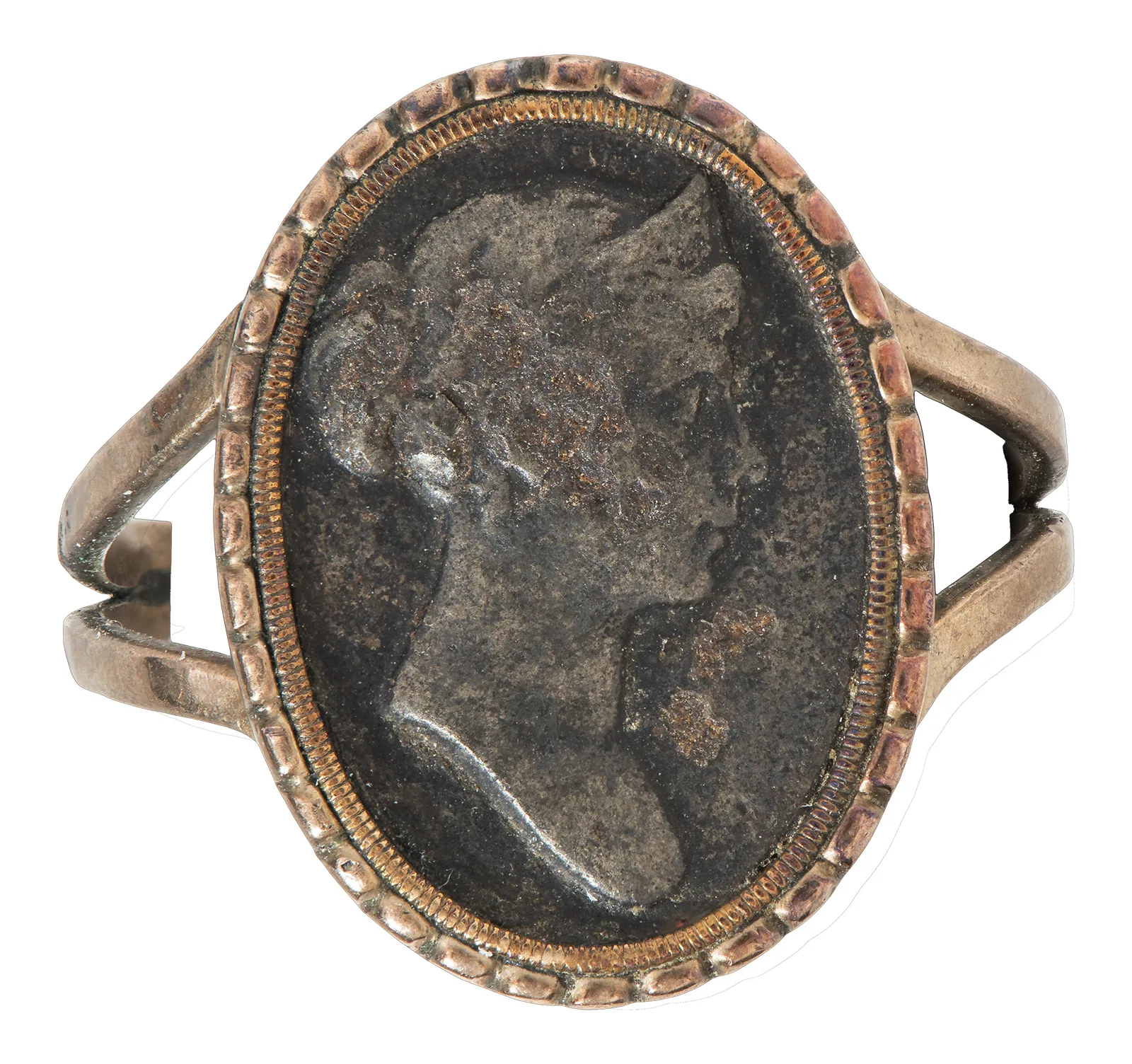

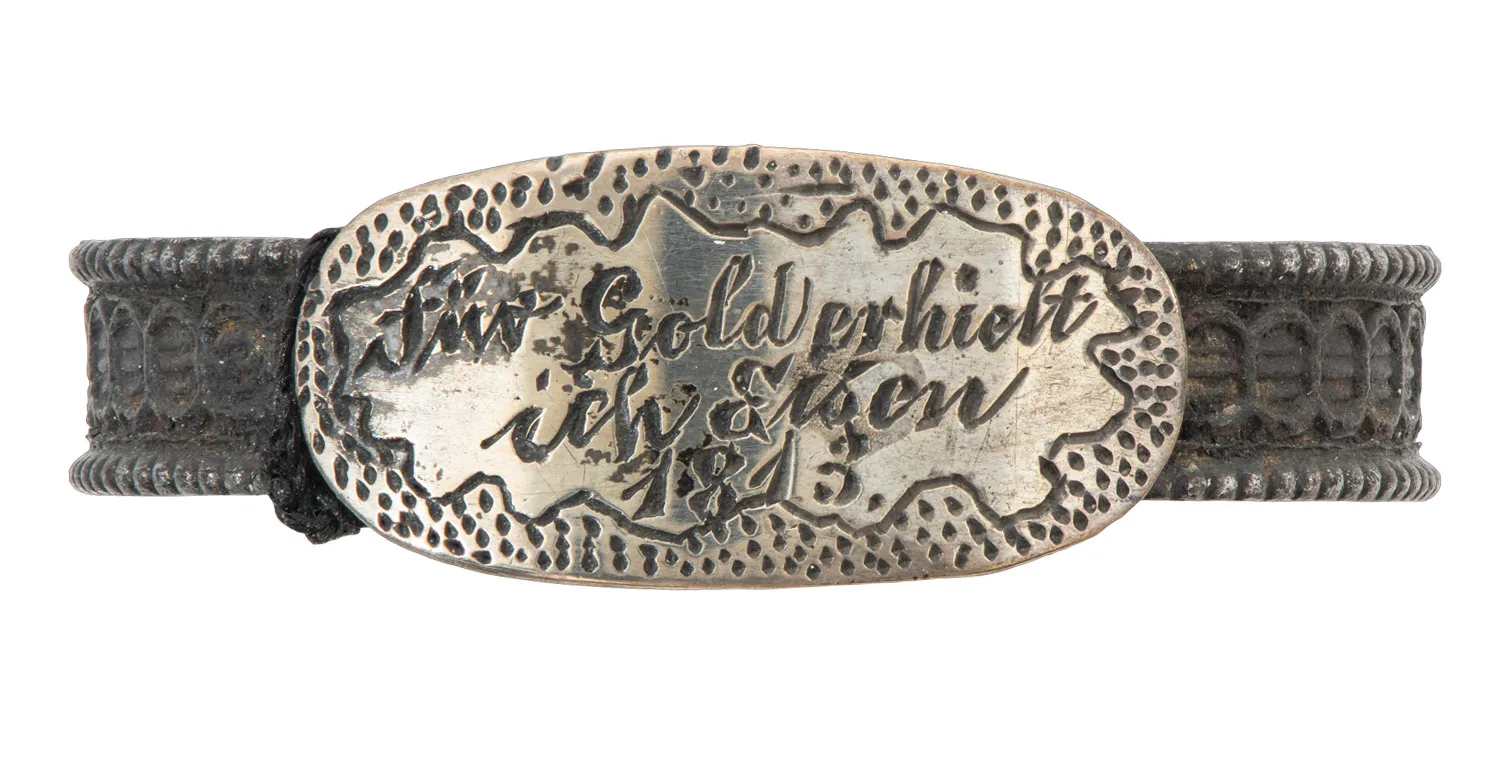
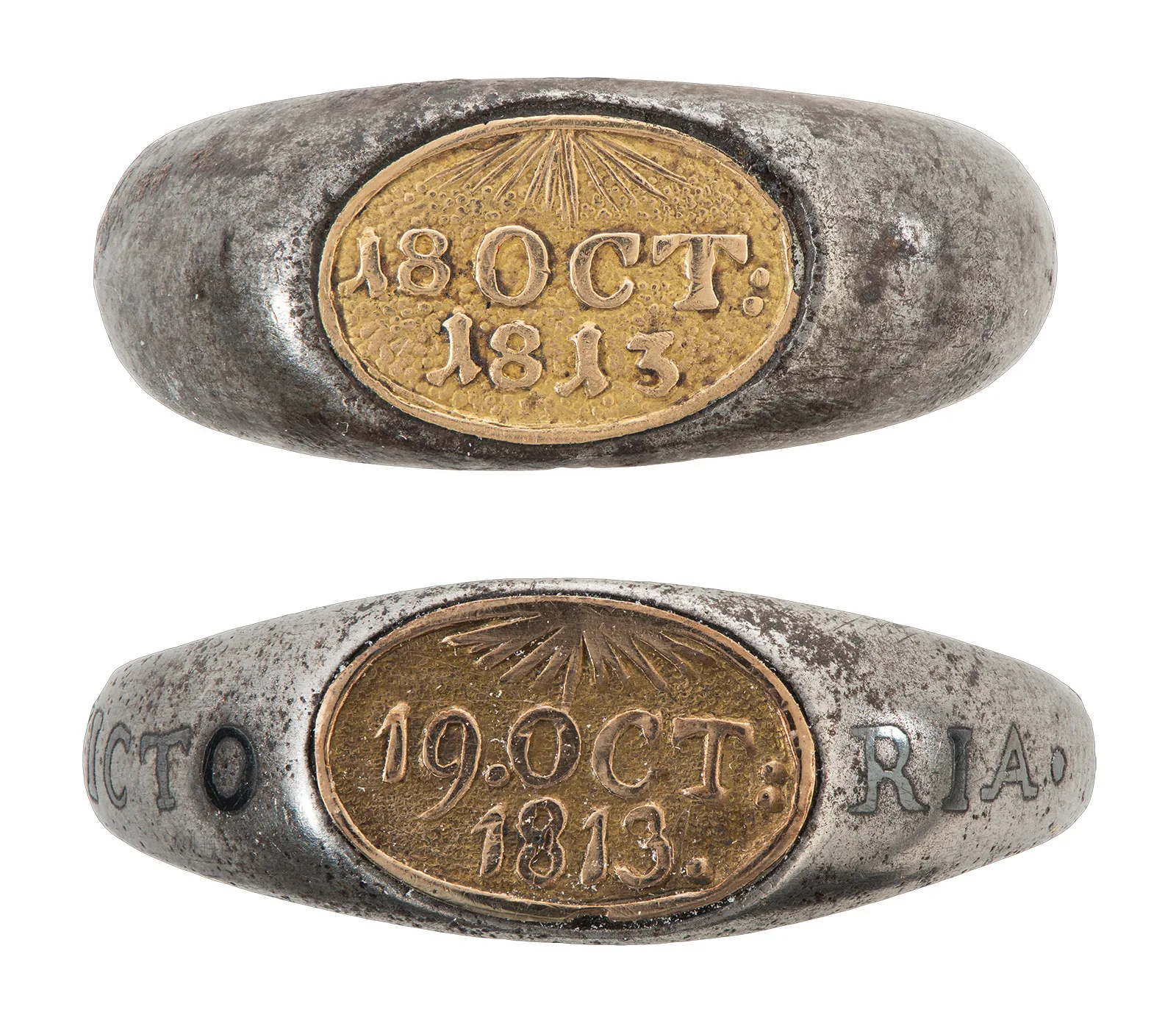
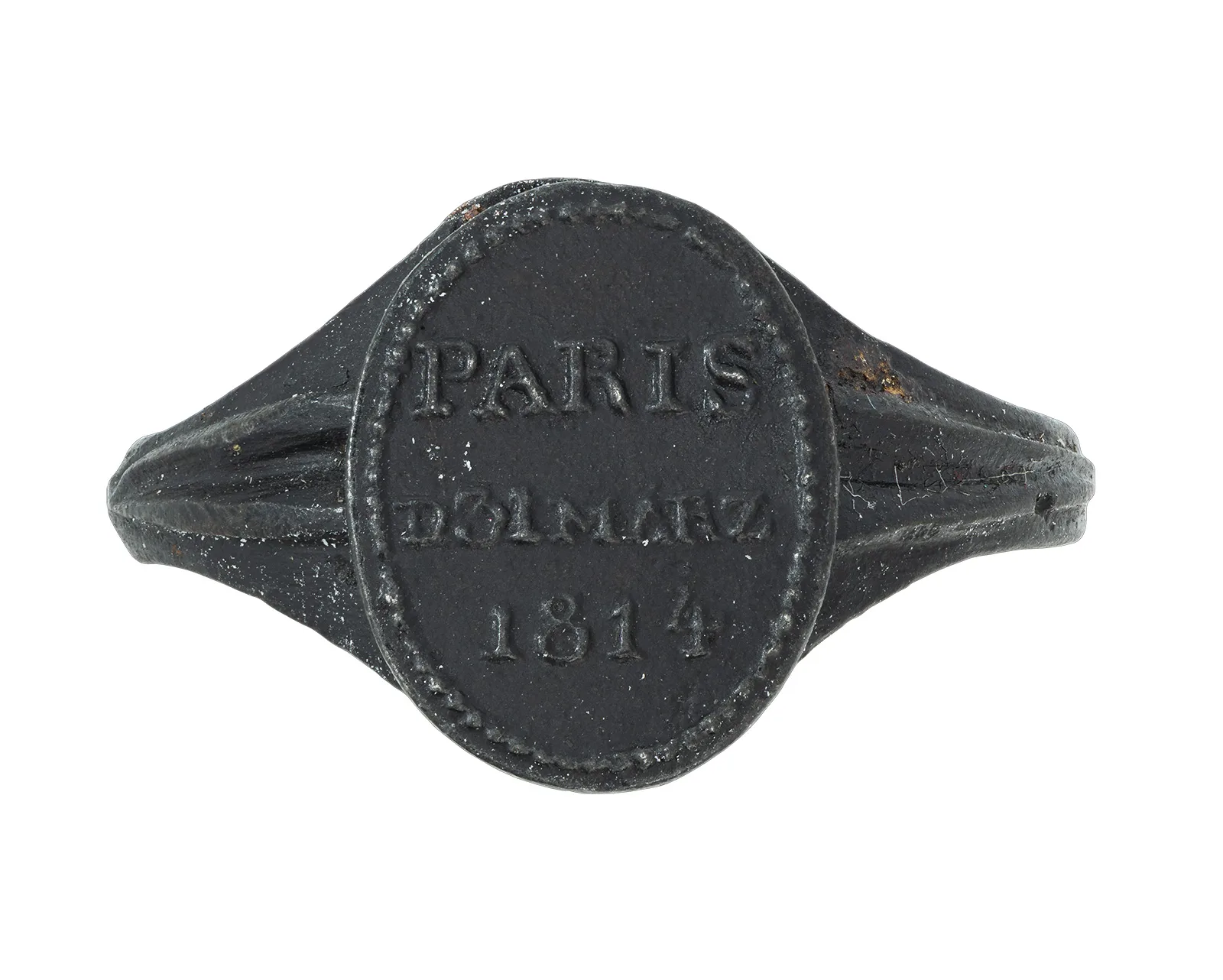
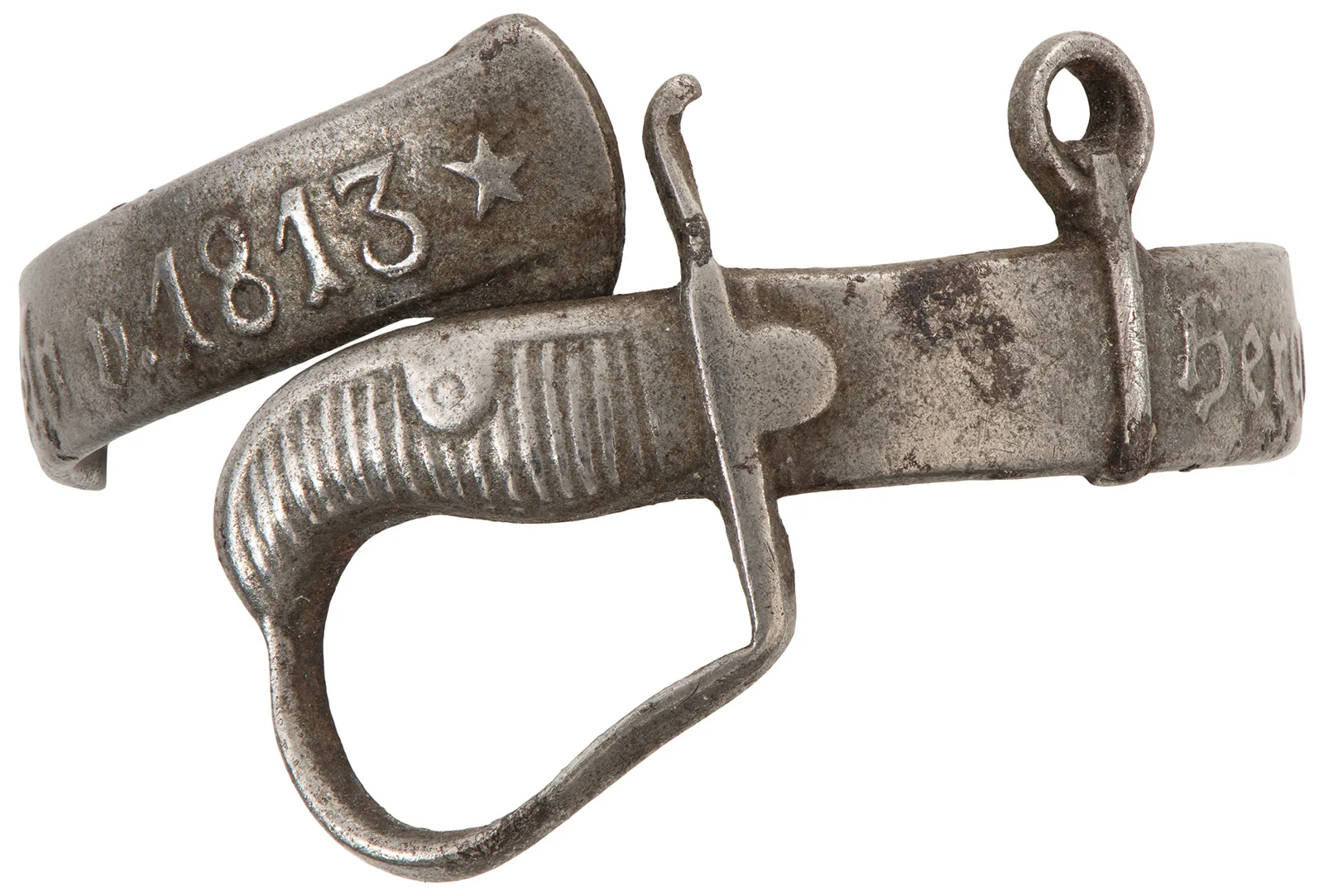
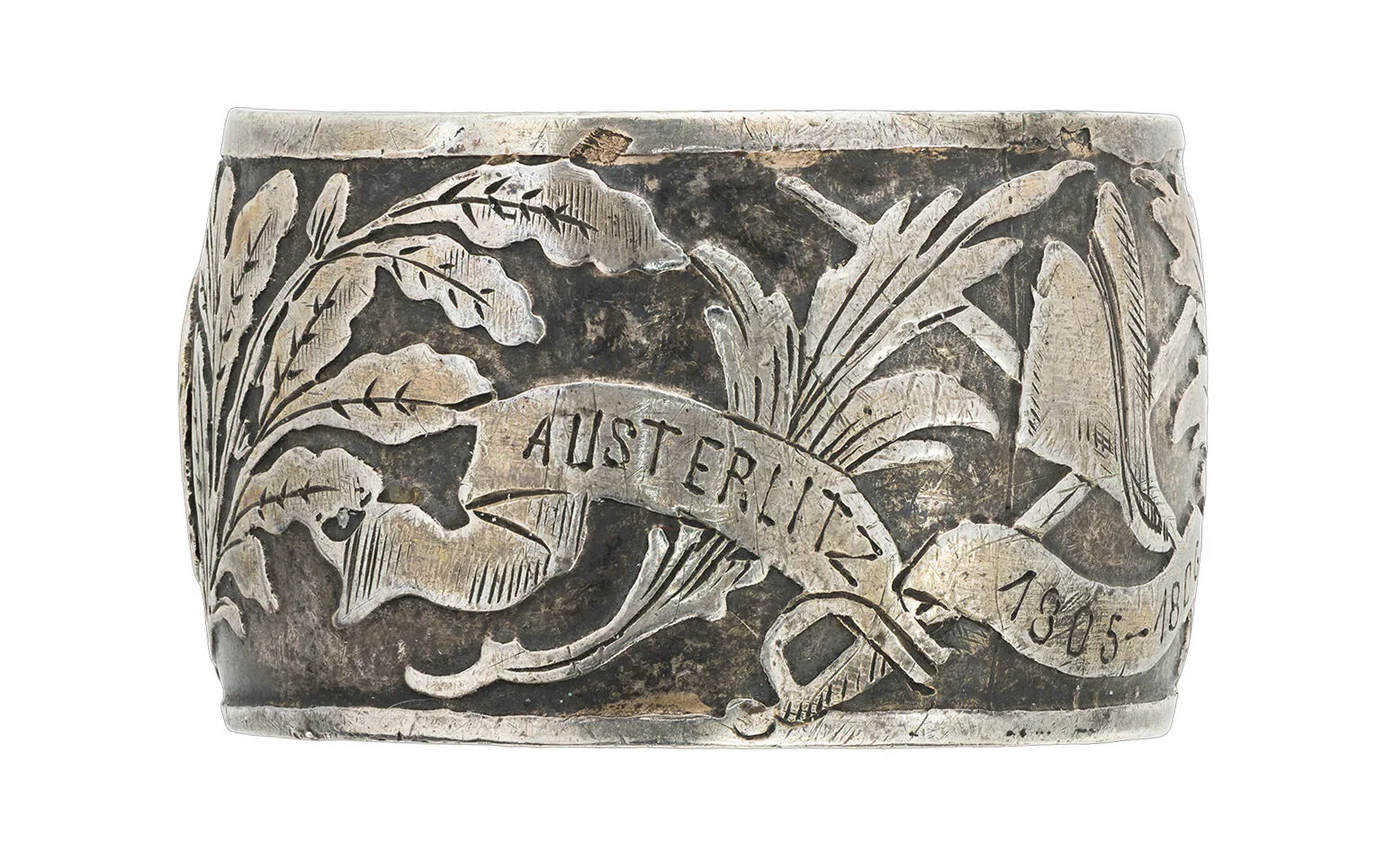
The collection
The exhibition showcases more than 7,000 exhibits from the Museum’s own collection, highlighting Swiss artistry and craftsmanship over a period of about 1,000 years. The exhibition spaces themselves are important witnesses to contemporary history, and tie in with the objects displayed to create a historically dense atmosphere that allows visitors to immerse themselves deeply in the past.

